- Home
- slideshows
- miscellaneous
- I visited one of America's richest zip codes, a neighborhood known for its country clubs and sprawling mansions, where the average income is $857,300. Here's what it looks like.
I visited one of America's richest zip codes, a neighborhood known for its country clubs and sprawling mansions, where the average income is $857,300. Here's what it looks like.
Harrison is located in affluent Westchester County, about 28 miles northeast of New York City.

It includes the residential neighborhood of Purchase, which was recently ranked the sixth-richest zip code in the US. The average adjusted gross income in Purchase is $857,300.
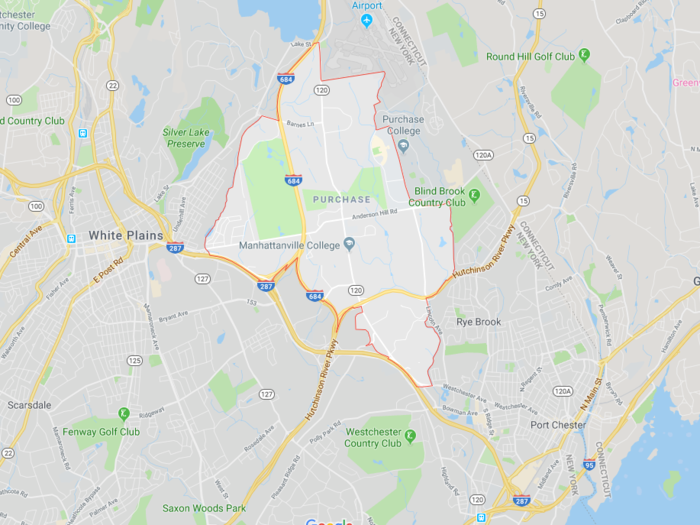
That's more than twice the average income of Scarsdale, New York, the richest town on the East Coast.
I took a trip up to Harrison to see what the town was like and to spend some time in its super-wealthy zip code, Purchase.
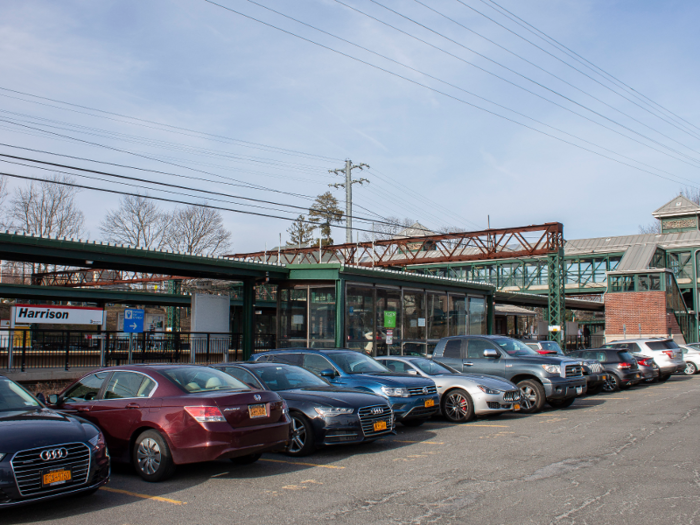
I arrived got to Harrison via an Uber from neighboring Scarsdale, but the train station is about 35 minutes from New York City on the Metro North.
I arrived in Harrison's downtown area, and I was not immediately impressed.
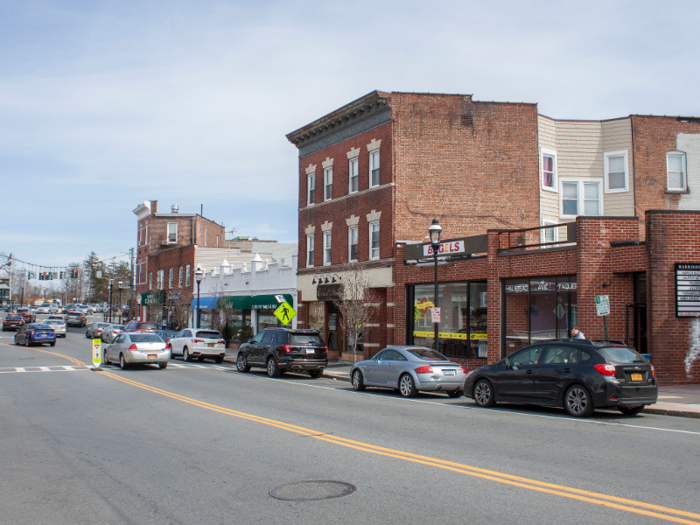
Downtown Harrison seemed to consist of a strip of delis and grab-and-go lunch spots across the street from the train station.
While the neighboring Westchester town of Scarsdale had a lively collection of attractive storefronts and boutiques, cafés, and art galleries, Harrison's downtown was pretty dull-looking.
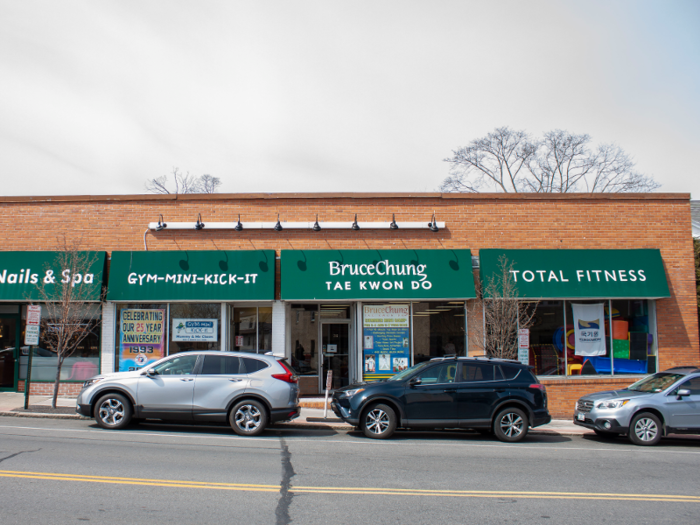
There were a few different fitness studios and nail salons, but the facades all looked much the same.
I saw people stopping into the post office, the Dunkin' Donuts, and the CVS, but there were no signs of a public square or plaza, a park, or much shopping. The downtown area seemed more like a place people go solely to run errands or grab some food on the go, rather than a place for socializing or entertainment.
The majority of restaurants I saw were Italian restaurants, a result of the town's significant Italian immigrant population that came to Harrison when the railroad was built in 1848.
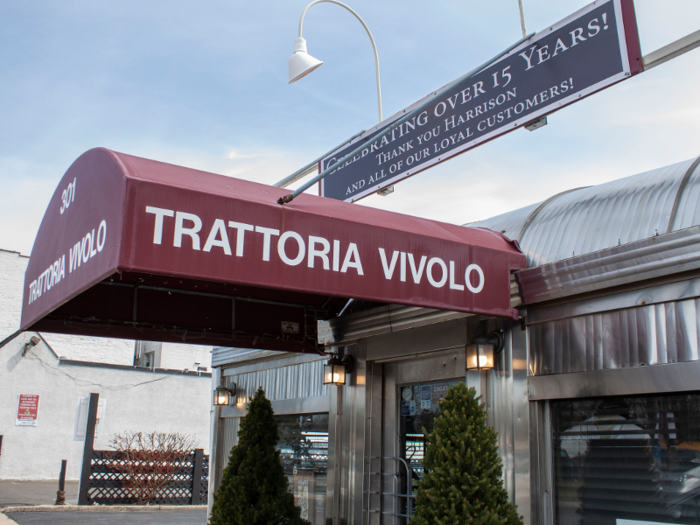
Many of them bought plots of land to farm in nearby Brentwood and Silver Lake.
The busiest part of Harrison seemed to be the suburban-looking Harrison Market Square, which included a grocery store, a salon and spa, a liquor store, and a Chinese restaurant.
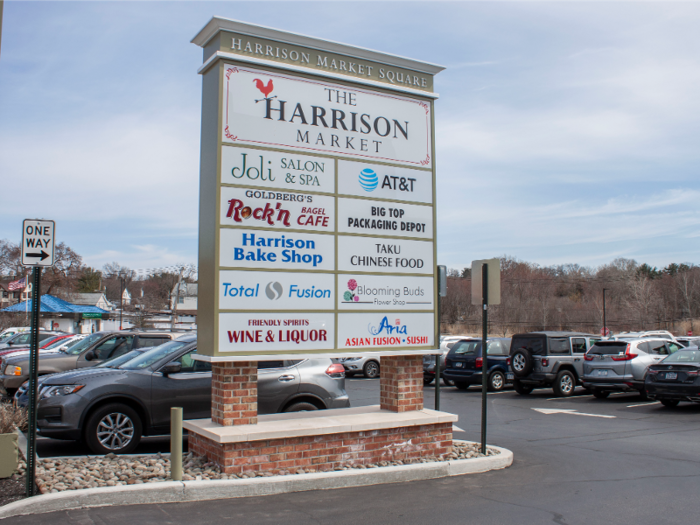
It wasn't long before I felt I had seen most of the downtown area, so I called an Uber to go check out Purchase and some of the town's other residential neighborhoods.
I took an Uber up to Purchase, the affluent neighborhood with the sixth-richest zip code in the country, and it was immediately clear why you'd need to make an average of $857,300 to live here.
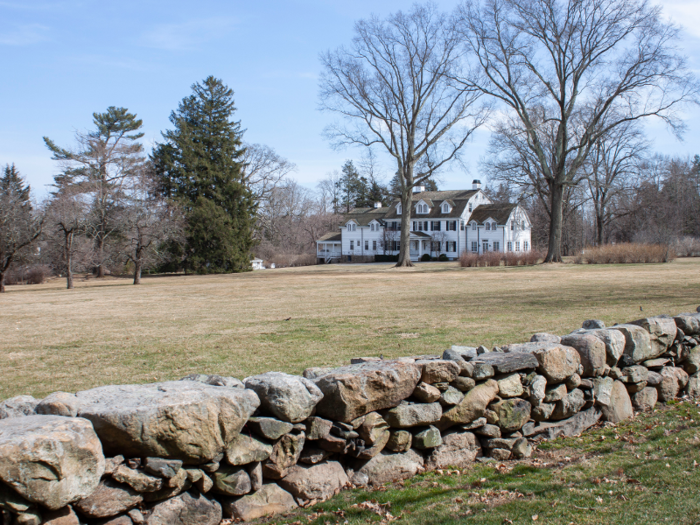
The homes were huge and spread out on large pieces of land.
Purchase, which is home to about 5,400 residents, has been home to power brokers and celebrities. The stately houses are built in the style of English Tudors, American colonials, and French manor houses, according to The New York Times.
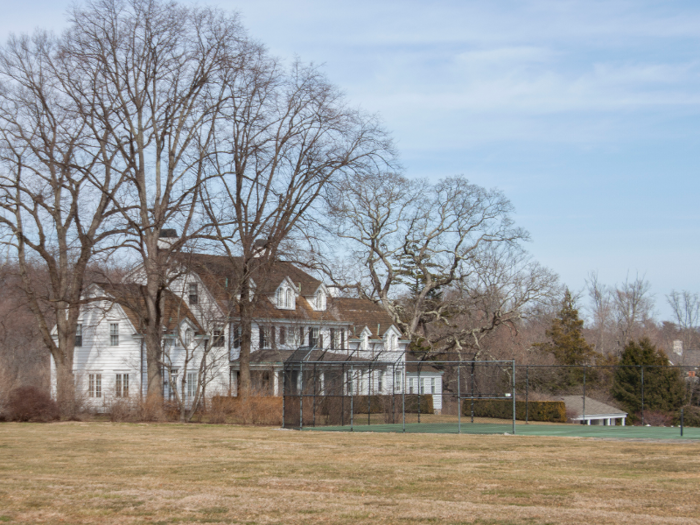
Herbert H. Lehman, the former New York governor and senator, once lived there, according to The New York Times.
Purchase is also known for its country clubs. Harrison has five main clubs: Willow Ridge, Old Oaks, Century, the Golf Club of Purchase, and Brae Burn, most of which are in Purchase.
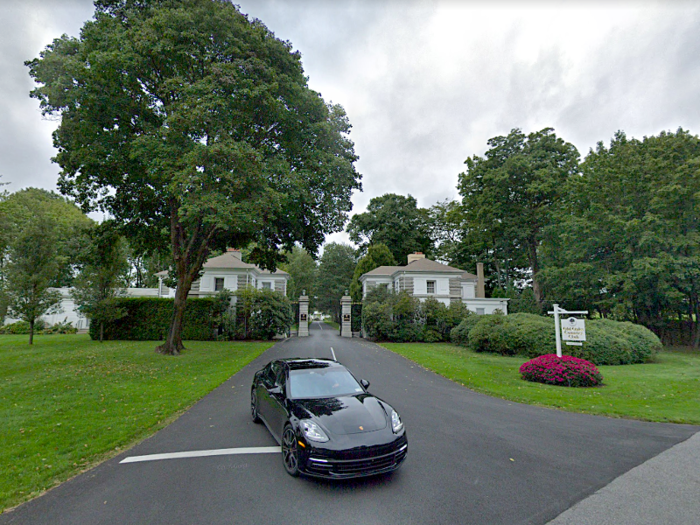
The Old Oaks Country Club spans 220 acres and includes an 80,000-square-foot clubhouse with a ballroom, a pool area, a dining room, a grill room, two outdoor terraces, an outdoor fountain garden, and an arbor garden, according to Patch.
The club also has an 18-hole golf course that's hosted the USGA US Open Qualifying Tournament, 10 tennis courts, an Olympic-size swimming pool, 16 resident suites, card rooms, and massage facilities.
Personally, I don't find country clubs very interesting — and I'm not alone among my generation. Studies show that in general, millennials are not interested in joining country clubs or playing golf.
As I walked through Purchase, I could see even larger mansions set back among the trees, not entirely visible from the road I was walking on. Purchase did not seem like a neighborhood meant for pedestrians: I was the only person strolling along the side of the road while BMWs and Mercedes whizzed by.
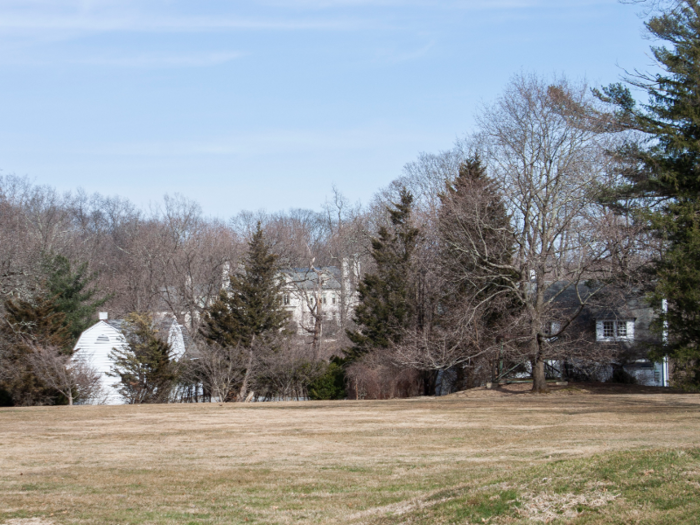
As to be expected, homes in Purchase don't come cheap.
The cheapest house in the neighborhood listed on Trulia is a three-bedroom house for $599,000. And on the other end of the spectrum is a seven-bedroom mansion that's going for $8.8 million.
Purchase has fewer homes for sale than nearby towns do, mainly because the existing homes are so large and spread-out.
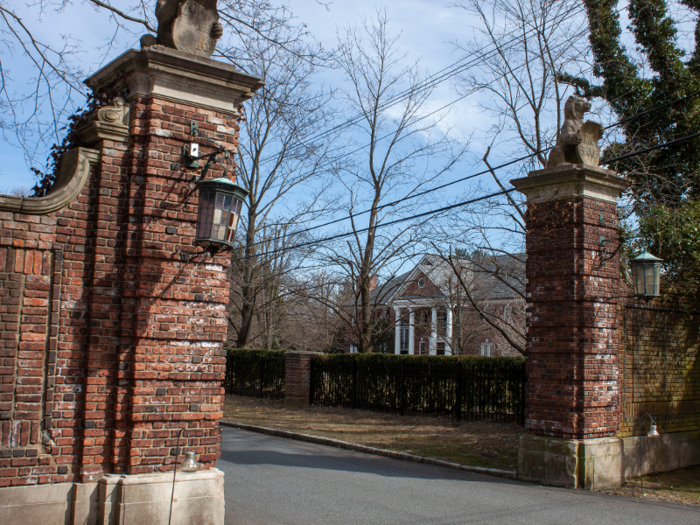
Vickie Cox, a broker with Julia B. Fee Sotheby’s International Realty in Rye, told The New York Times in 2017 that houses in the neighborhood tend to sell for about 95% of their asking price and spend an average of 120 to 140 days on the market.
On my way back toward the downtown area, I passed through another of Harrison's ritzy neighborhoods: Sterling Ridge. The houses were smaller and closer together, but still quite impressive.
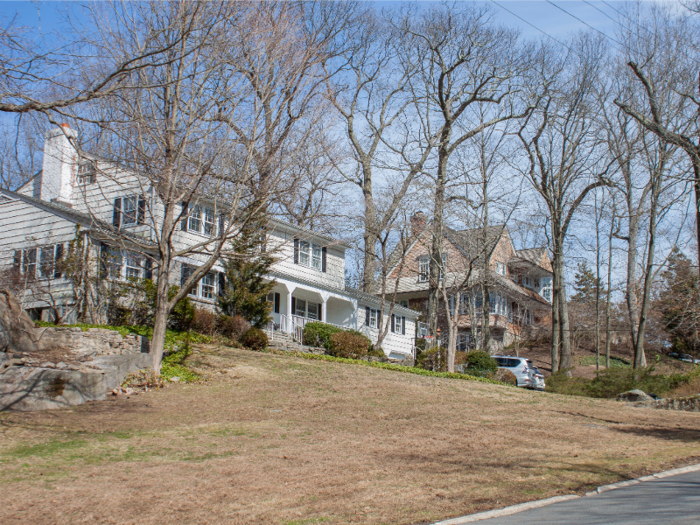
On Trulia, the cheapest house currently for sale in Sterling Ridge is a four-bedroom house for $779,000.
The most expensive is a seven-bedroom colonial estate for nearly $6 million.
After visiting some of the other wealthiest towns on the East Coast, including Scarsdale, New York and Greenwich, Connecticut, I didn't find that this one offered anything special.
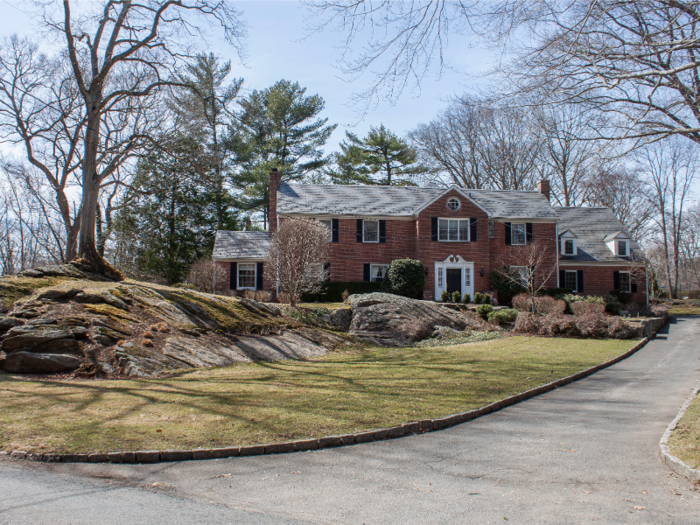
The homes in Purchase and Sterling Ridge were huge and beautiful, and they're undoubtedly pleasant places to live for families who can afford it.
But I found Harrison's downtown area so unexceptional that personally, I couldn't see myself ever wanting to live there. A New York Times article from 1994 noted that Harrison is defined more by its residential neighborhoods than by its downtown, and that still seems to ring true today.
To me, Harrison and its ritzy Purchase neighborhood aren't appealing, and much of my generation would likely feel the same way. Millennials and Gen Z-ers have very different lifestyle preferences than older generations. In general, these younger generations prefer living in smaller homes in or near urban areas.
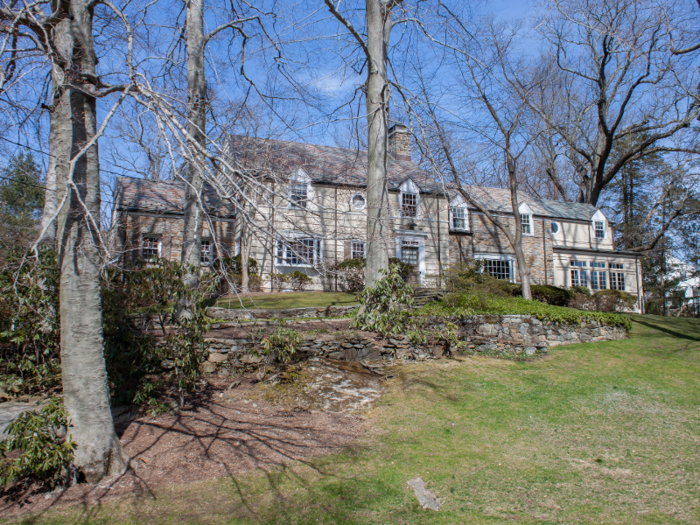
In addition, country club membership is down 20% from 1990, according to a 2014 study commissioned by the National Club Association. Millennials, it seems, would rather join diverse, urban social clubs such as Soho House, Spring Place, and The Wing.
And millennials don't want to — and often can't afford to — buy huge, multibedroom mansions.
Popular Right Now
Popular Keywords
Advertisement